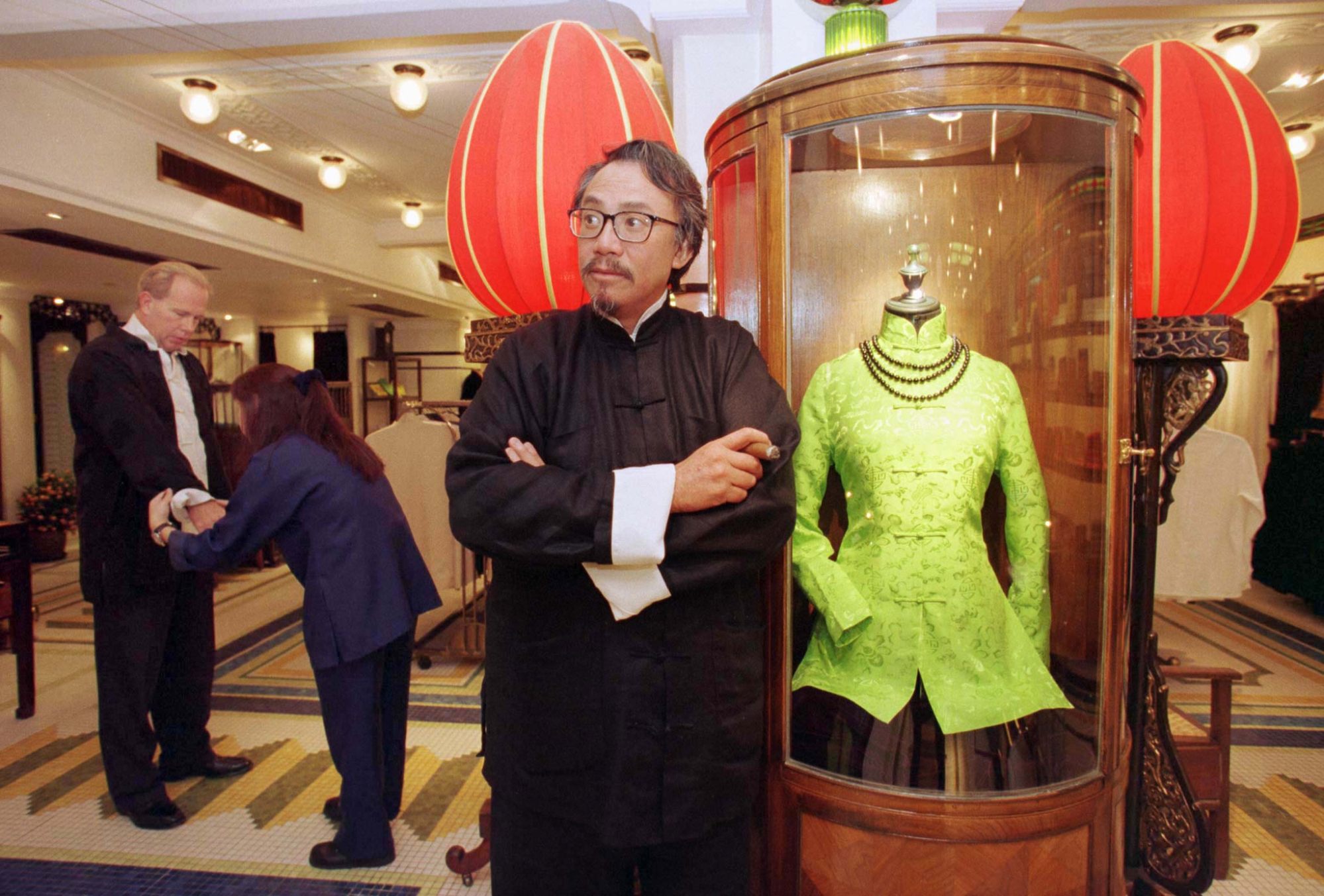
History of the cheongsam, why Suzie Wong and Hong Kong elite girls’ schools killed it, and politicians who habitually wore one
- First popularised in 1920s Shanghai, cheongsam became wildly popular across the Chinese world but have largely vanished into the pages of history
- After Suzie Wong, few upper-middle-class women wanted to dress like a ‘waterfront harlot’, while many who wore it as school uniform vowed never to do so again
In these sadly polarised, hypersensitive times, racial nationalism’s uglier character traits are often stoked by those in power as convenient diversions from real issues such as double-digit youth unemployment, collapsing property markets, bankrupted municipalities and hollowed-out middle-class wealth.
The population of an entire nation can seemingly have their feelings wounded at the slightest prod, especially when “foreign forces” are supposedly responsible, and profound cultural sensitivities are considered to have been insulted and mocked.
In these febrile times, the mere choice of a shirt, dress or other combination of inherently harmless garments, when worn in public by those considered unentitled to do so, in particular foreigners, can ignite irrational responses from persons determined to be offended.
That most stereotypically Chinese of garments – though actually Manchu in origin – the cheongsam provides an illustrative example.

Literally a “long shirt”, cheongsam – thanks to popular novels and old films – are a local sight many overseas visitors to Hong Kong somehow still expect to see. But, like bat-winged sailing junks, cheongsam-clad Hong Kong Chinese women, once commonplace, have largely vanished into the pages of illustrated history books.
Hong Kong cheongsam makers, festival organisers honoured for spots on national list
As peasant women invariably wore more practical trousers, cheongsam also delineated social class aspirations; for this reason, until recent decades, more conservative, older, upper-middle-class Hong Kong Chinese women never wore trousers outside the home.
Affluent Shanghainese women – far more Westernised in the interwar years than their Cantonese sisters in Hong Kong – also wore tailored trousers, as well as cheongsam.
Across Hong Kong, many elite girls’ schools retain a form of cheongsam as school uniform. An unintended consequence of this policy is that most girls, having been forced to wear a fairly unattractive version during their teenage years, vow never to wear one again if they can possibly avoid it.

In her rare public sightings these days, Lam tends to wear less obvious garments.
Cheongsam remain popular for special occasions; for weddings, the garment remains de rigueur for the mothers of both bride and groom. Top-quality, handcrafted garments are more expensive than some ready-made designer wear; the most exclusive traditional ladies tailors operate by personal appointment, and only make house calls.
Hollywood films set in Hong Kong – most memorably The World of Suzie Wong (1960) – effectively killed off the cheongsam as a local fashion statement.

“Who would choose to dress like some waterfront harlot?” many Chinese women reasoned – especially those with aspirations towards Westernisation – and the garment’s popularity steadily declined through the 1970s.
By the early 90s, the mere sight of a cheongsam on the streets of Hong Kong was head-turning.
Less-remembered, the comfortable male version was once commonly worn, especially by men with aspirations towards gentility.

Some still wear them, as much to be noticed as for any statement about cultural identity and racial pride that the garment may confer; the late businessman David Tang was seldom seen in anything else.

